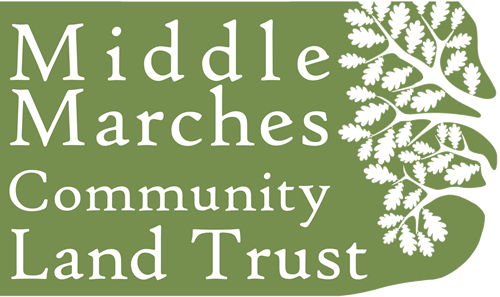Framing Nature – conservation and culture
‘Framing Nature – conservation and culture’ by Laurence Rose, recommendation by Rosie Wood
Covering just ten species, Laurence dedicates a chapter to nine of them. The tenth, our own, winds through and around the fates of the other nine, highlighting our sometimes changing relationships with our fellow creatures.
The dust jacket tells readers it’s all about the complexity and vulnerability of nature, the unexpected connections between people and wildlife. It also tells us that it describes the long journey needed to rebuild a mutually beneficial relationship with nature.
Yes it does all those things and does so beautifully, lyrically, accurately and hopefully. It’s filled with success stories we can take comfort and inspiration from.
Some of the chapters are echoes from the past of what we’re still doing wrong now – and what we could so easily do right if we would just, finally, learn the lessons from our own past experience.
Take the chapter on the corn crake for example, its decline was observed, written about, and the alarm sounded nationally from as long ago as the 1920s – the cause? Changes to agricultural practice with unintended consequences. Switching from locally produced corn to hay (which was harvested earlier than corn, accidentally destroying eggs and killing chicks in doing so) and the use of new mowing machines which mowed from the outside of a field to the centre – the birds would try to escape the blades by running further and further away from them – to the middle of the field. Fine until the mower reached the middle of the field.
Much later in the 20th century, when ecology and the pressures of intensification became better understood, the RSPB secured funding to help farmers in parts of northern Scotland restore corn crake habitat and alter their practices to give the birds a fighting chance for survival. The high point of the species recovery was 2014 with 1,289 calling males recorded – the most for at least 45 years (they had been lost as a breeding bird even from Orkney by 2005).
It’s a serious success story, and Laurence was with the RSPB and directly involved in this tale of recovery.
Then, following a substantial drop in the amount of land under the appropriate agri-environment schemes, at least in part because of the appallingly poor administration of the scheme, the numbers crashed back to 2003 levels (just 866 calling males) and the Scottish Government unilaterally decided to reduce the payment rates for ‘late cutting’. Couldn’t make it up really could you?!
The lesson at first sight seems like one for landowners – and sure, we all have stuff we can do more of, and do better – but in this example, the real lesson is for Government policy makers and administrators.
But good government policy doesn’t happen by accident, and it never happens without public clamour and pressure.
My favourite paragraph from Laurence’s book (really hard to choose) is probably this
“the Common Agricultural Policy took the idea of post-war food self sufficiency and created a distorted fantasy land of industrial fields and chemical soils based on an ever-tightening web of policies, each designed to mitigate the unintended consequences of the last……..Agri-environment schemes have hardly been a resounding success, however, as the toll of species grows still longer”.
So when the next round of environmental and agricultural policy headlines gets heralded as a boost for nature by our politicians, make sure you are one of the voices clamouring for them to actually work this time and hold our politicians to account.
Reading ‘Framing Nature’ offers you lots of things you can be calling for.
